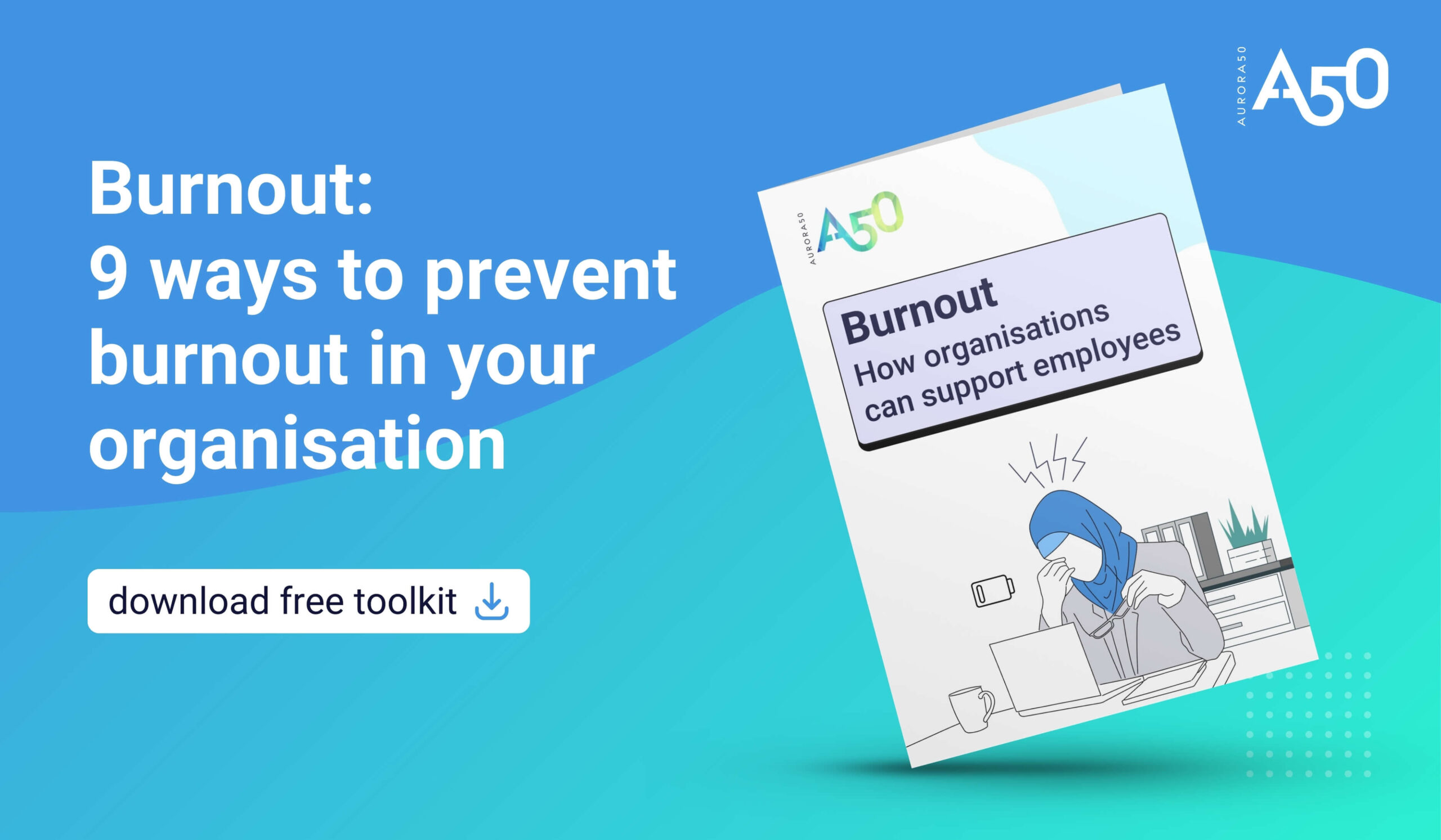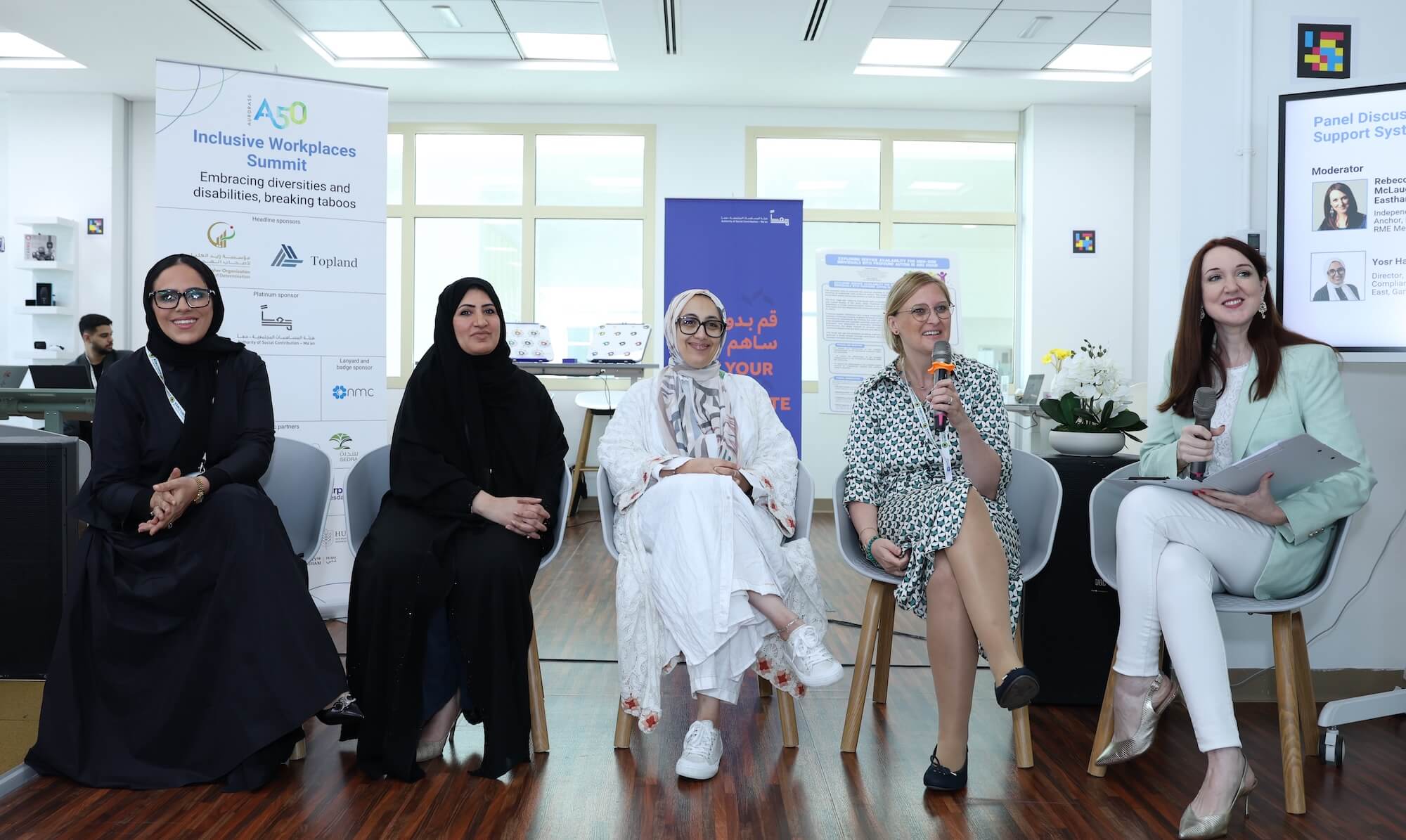






At Aurora50’s inaugural Inclusive Workplaces Summit, senior leaders who are parents of people of determination shared workplace solutions in a compelling panel discussion.
![[Aurora50 template] HE Maryam Alsuwaidi, chief executive officer of Emirates Securities and Commodities Authority (Esca/ SCA) [Aurora50 template] HE Maryam Alsuwaidi, chief executive officer of Emirates Securities and Commodities Authority (Esca/ SCA)](https://aurora50.com/wp-content/uploads/2021/08/Aurora50-template-HE-Dr-Maryam-Buti-Alsuwaidi.jpg)
The CEO of UAE markets regulator the Securities and Commodities Authority (SCA) on limitless learning, critical thinking and the importance of law to running any area of business.
![[Aurora50 template] Amani Bouresli, professor of finance at Kuwait University and board director of Ithmaar Holding, IB Capital Board of Directors and Faisal Islamic Bank [Aurora50 template] Amani Bouresli, professor of finance at Kuwait University and board director of Ithmaar Holding, IB Capital Board of Directors and Faisal Islamic Bank](https://aurora50.com/wp-content/uploads/2021/11/002_Amani.jpg)
Amani Bouresli, professor of finance at Kuwait University and board director of Ithmaar Holding, IB Capital Board of Directors and Faisal Islamic Bank, on her path to company boards.

